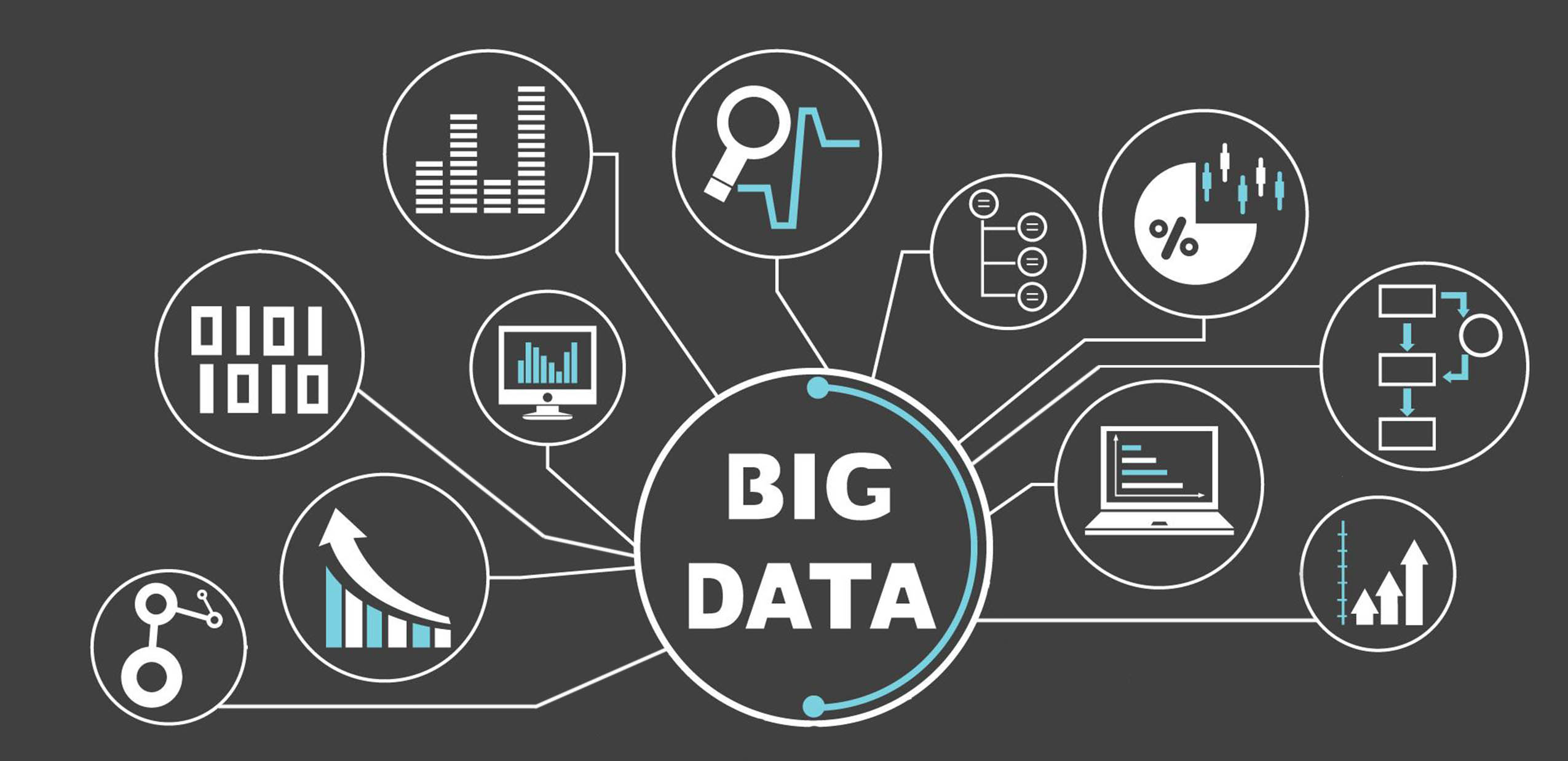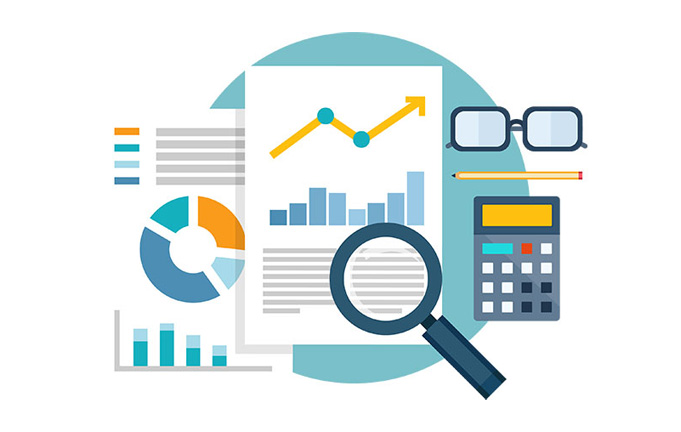The first thing to think about when designing and implementing a business intelligence strategy is your workforce. Without the right people, however good your strategy looks on paper, it is likely to fail when rolled out into the real world. Pick a team that is solid, stable, and skilled at dynamic communication.
These are the five essential positions to fill:
- Business Intelligence Lead. A BI Lead will be able to see both business needs and technological requirements. The Lead will generate insights, which will, in turn, improve the enterprise thanks to the implementation of a data-driven BI strategy.
- Business Intelligence Developer. The developer will design and create integrated data pipelines so that your business has the right access to the data - which will come from many sources - needed for extraction, transformation, and loading into a data warehouse.
- Data/Business Analyst. The analyst knows how to get hold of, process and summarize useful data, which they will then turn into meaningful insights and present these in the form of reports, summaries, and visual presentations.
- Database Administrator. Administrators are responsible for both data and metadata relating to a business. As well as these two core functions, administrators create, support and maintain applications to help others access and use data.
- Data Scientist. A data scientist mines big data using analytics and statistics tools, tailored programming and machine learning, to extract insights that can be acted on, producing valuable, broad-based information for directing future marketing initiatives
It’s not uncommon for more than one of these jobs to be carried out by the same team member. What’s important is that a bespoke BI strategy team is committed to just that; business intelligence. Using people from other departments within an organization can be useful, but experience has shown that the skills those people bring will be wasted in other directions unless an organizational unit is 100% focused on business intelligence.
Finally, management must buy into the whole process, and place an executive on the team, both to report at board level and provide input on the ground. Communication breakdowns between teams and management almost always lead to failure of hard-worked strategy.
Making a Business Intelligence Blueprint
After assembling your BI strategy team, the first task is to develop a business intelligence blueprint. To do this, there are five essentials to remember. As with the five roles of your team, familiarize yourself with the following to structure your strategy:
- Historical Data. Assessing and analyzing past performance is the first step to shaping future initiatives. The wider range of historical data accessed the better, and with good analysis, this can give insights into where past strategies didn’t perform as expected or hoped.
- In-House KPIs. Really knowing your own business is as important as finding out about the competition. Constructing and implementing effective Key Performance Indicator (KPI) metrics internally is the way to do this, and should be a top priority.
- Industry KPIs. Although every business is unique, how competitors perform is readable. Revenues, profit margins, and ROI are measured by industry-specific metrics, so a BI strategy team can analyze past actions, motivations and marketing techniques of rivals.
- Reporting and Analytics Requirements. Look at the analytics available, decide which are the most useful in terms of your BI strategy, and find out
where the right data can be harvested and collated. - Business Intelligence Clients and Prospects. BI strategies are designed to reach and influence targeted clients. With this in mind, a great strategy will
aim to service these clients’ base needs and interests.
After making a business intelligence strategy blueprint, the next step is examining data sources.
Your Business Intelligence Data Sources
Big data really is very big indeed and needs to be approached correctly. Your next strategy step, therefore, is figuring out how to categorize and analyze what data you need, to fit in with your blueprint’s demands and expectations.
Core Data: This is any data originating from your own business operations and could be generated by mobile apps, online stores, webpages, podcasts, or webinars.
Peripheral Data: This data gathered thanks to peripherals; products and services bought in to help with analytics. A good example is CRM analytics.
External Data: This is looking at the bigger picture; making use of developments like sentiment analysis (people’s likes, dislikes, and neutral reactions). This should be seriously considered, as it can be very valuable and the data is readily available.
Managing Your Data Warehouse
A well-managed data warehouse hosts the most useful possible overview of any enterprise’s history, showing where and when past initiatives worked or didn’t.
To design your data warehouse efficiently, factor in these five elements:
Schema Design: The schema is a graphic visualization of your data warehouse. It lays out its structure, data types and limitations of the databases used, and how each piece and type of information is stored.
Database Size: The bigger the database, the more time consuming it can be to access data. It’s important to tailor your data warehouse so you don’t keep data you don’t need.
Scaling: Scaling is a way of bringing in and taking out processing resources, as demands on a database change in real-time. This integrated technology will keep your data warehouse working efficiently.
Concurrency: A database needs to be consistent to provide the same results to every user at the same time. As this could be tens, hundreds or thousands of users, your data warehouse will need a robust currency system in place, to minimize delay or interference.
Cloud Or On-Premise Storage: Investing in BI strategy is a major consideration. It requires resourcing in expert and committed team members, plus significant funding for IT resources to
collect, store and analyze data. To protect this investment, a sound strategy should incorporate data location. The choice is between in-house or cloud, and the cloud is becoming favorite.
Any business strategy will be tested by the market. For business intelligence strategies, there is an extra dimension to think about; ever-changing uses of big data, and how to make sure you are future proof. Smart use of data, conversion to actionable information, and integrating these into all future initiatives, is the way to shape a really great business information strategy.
































